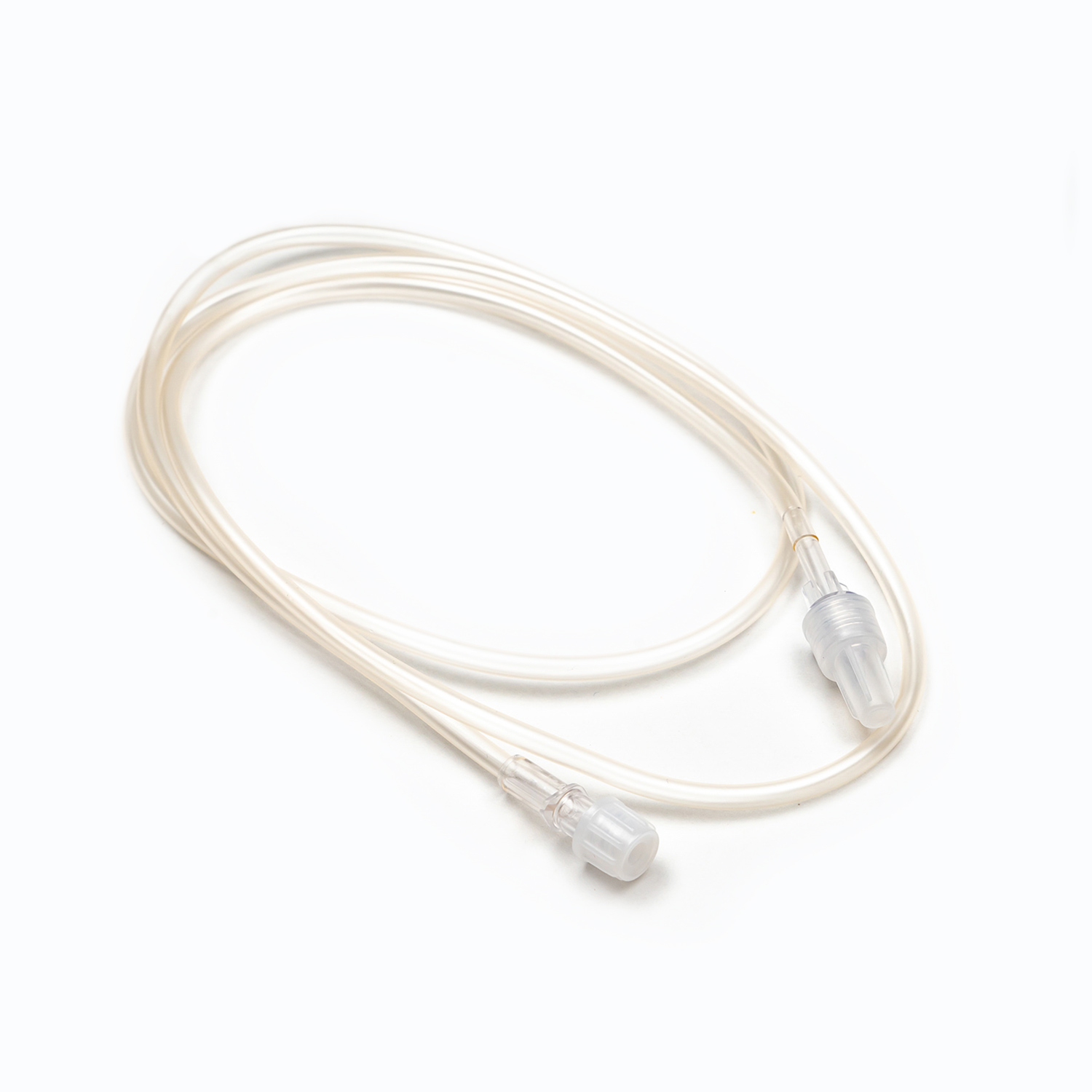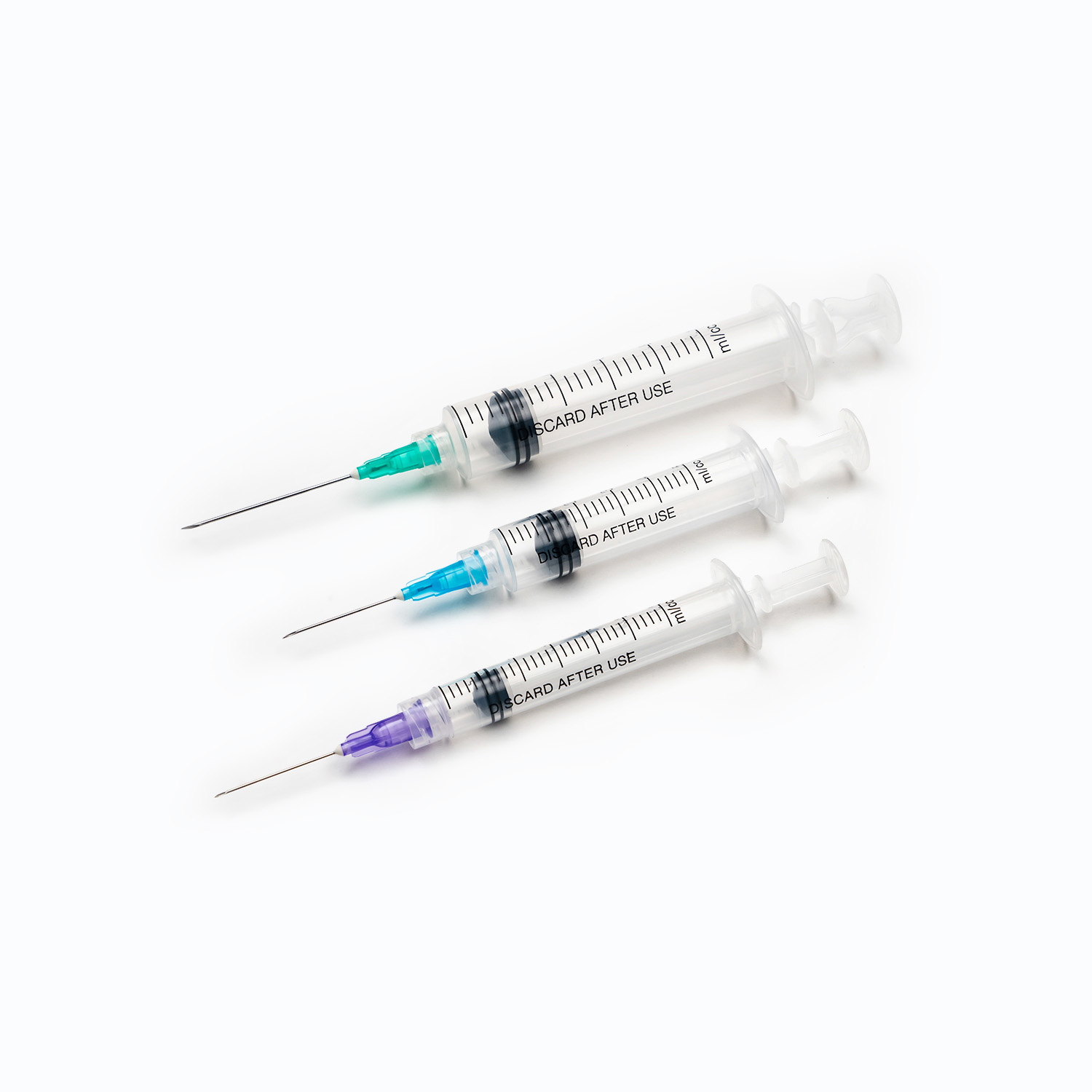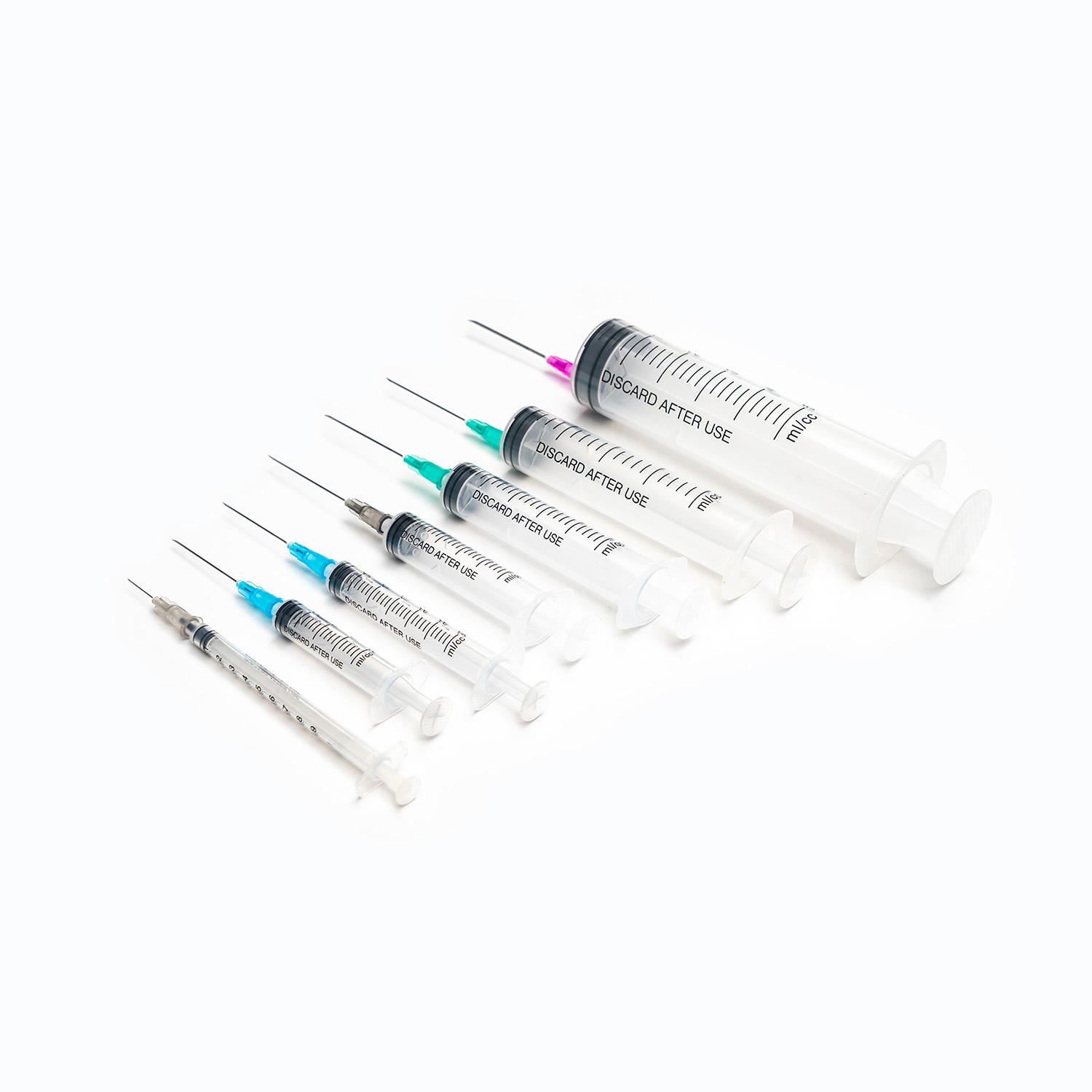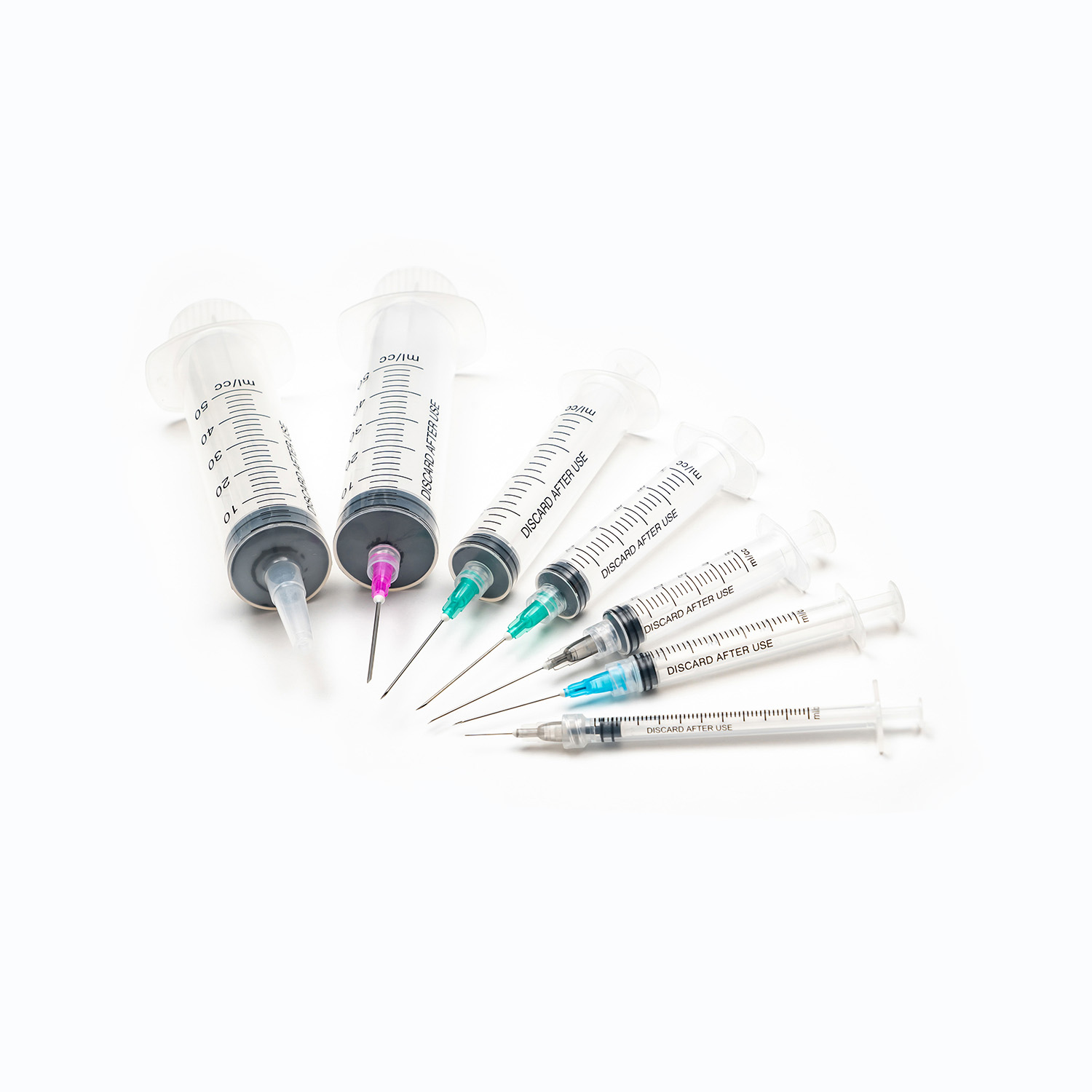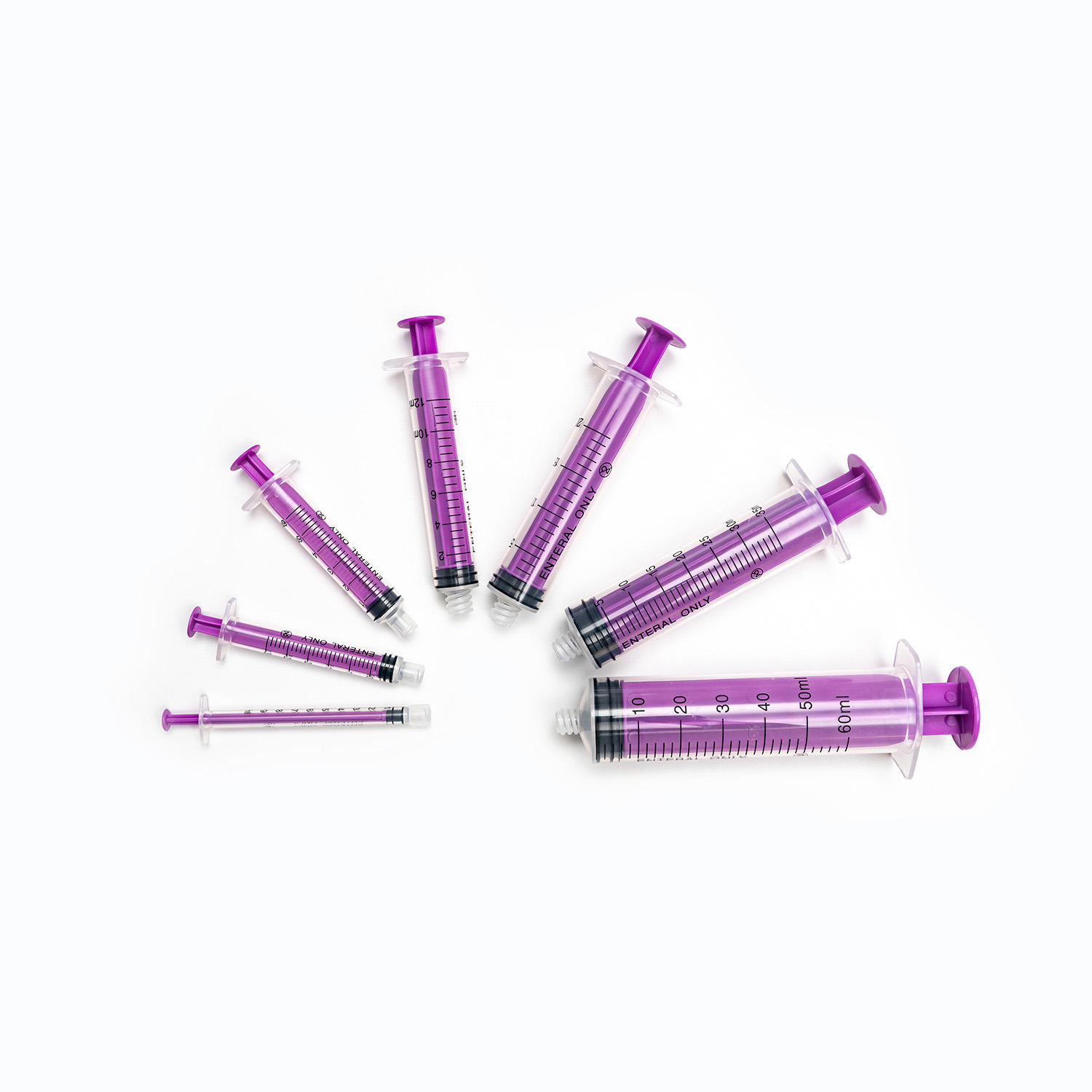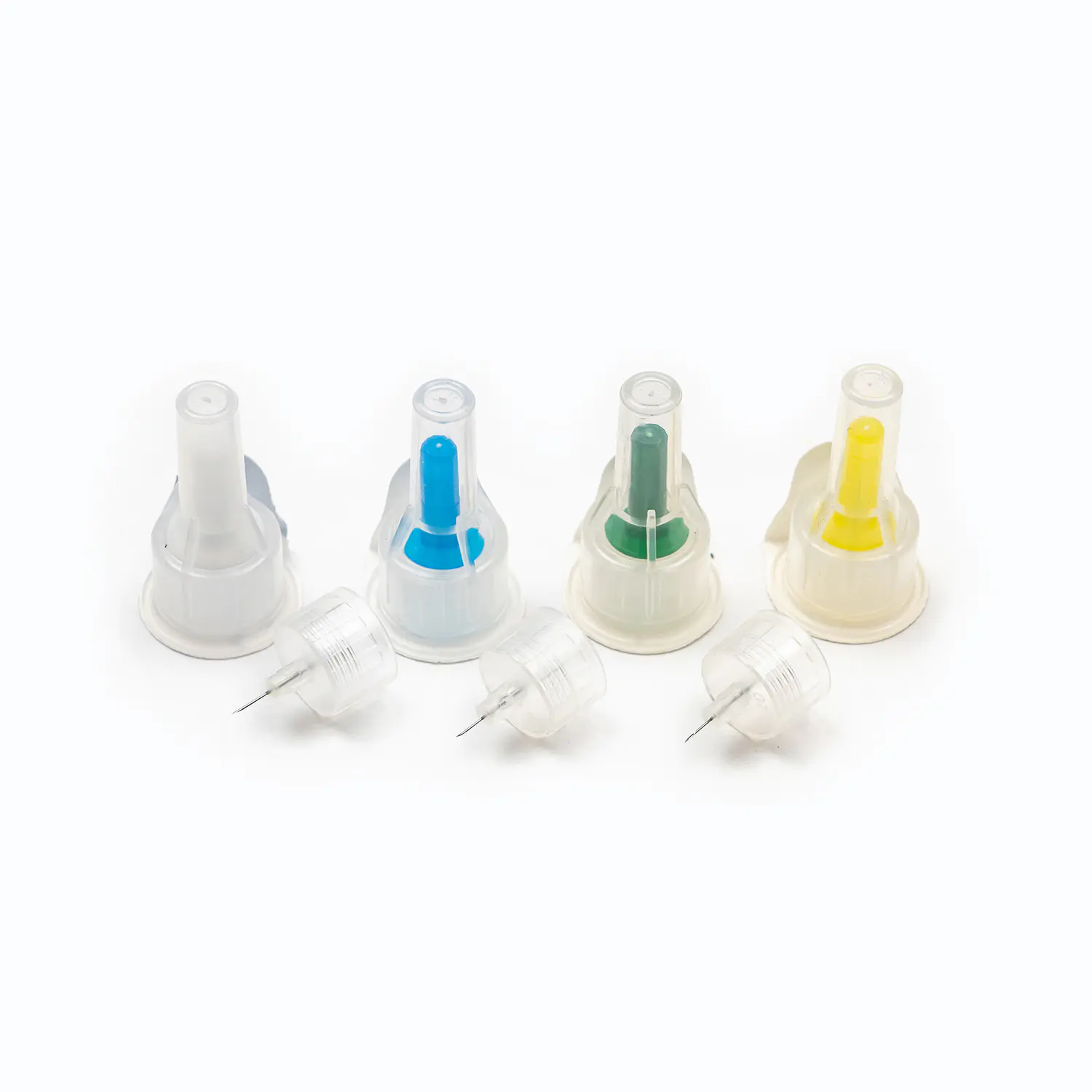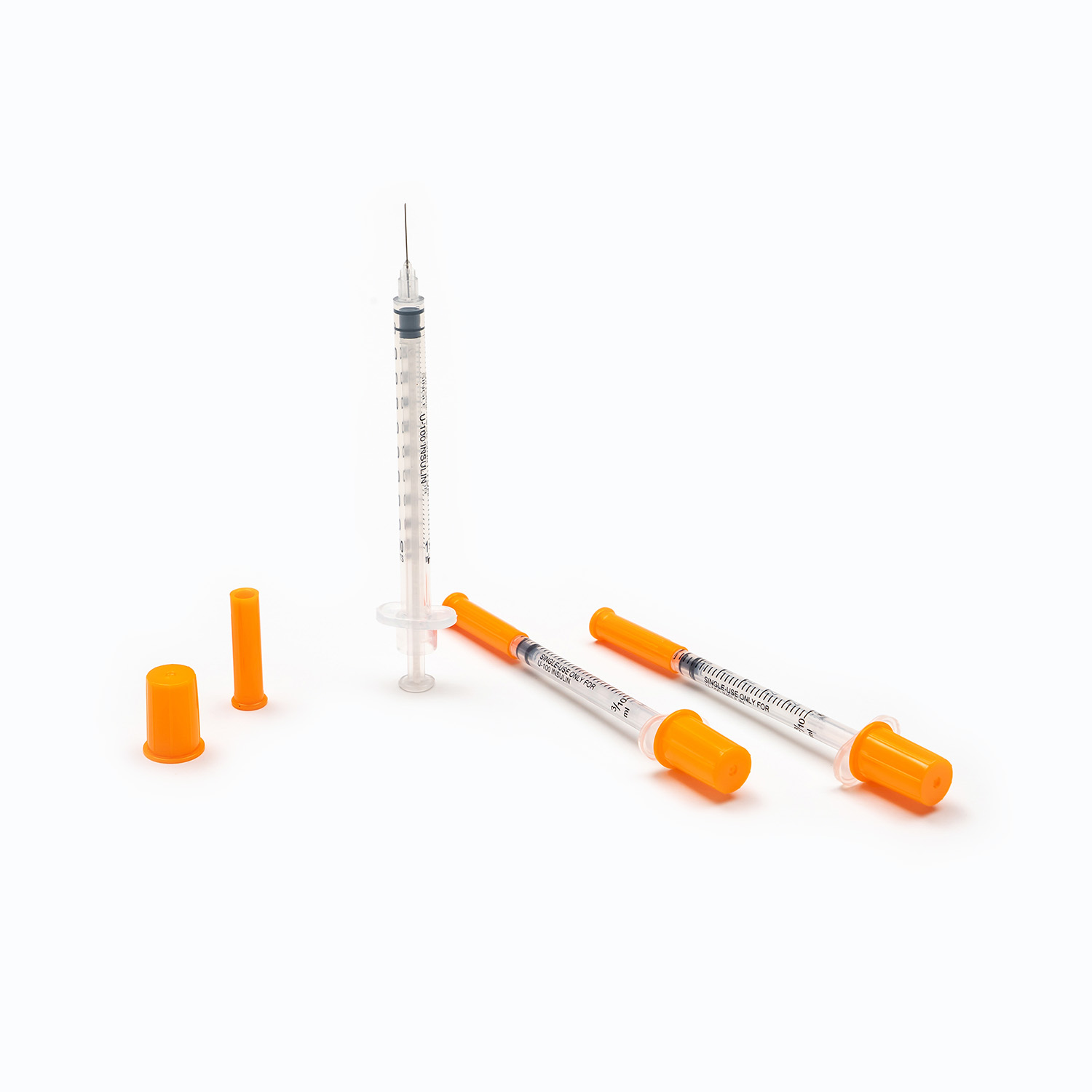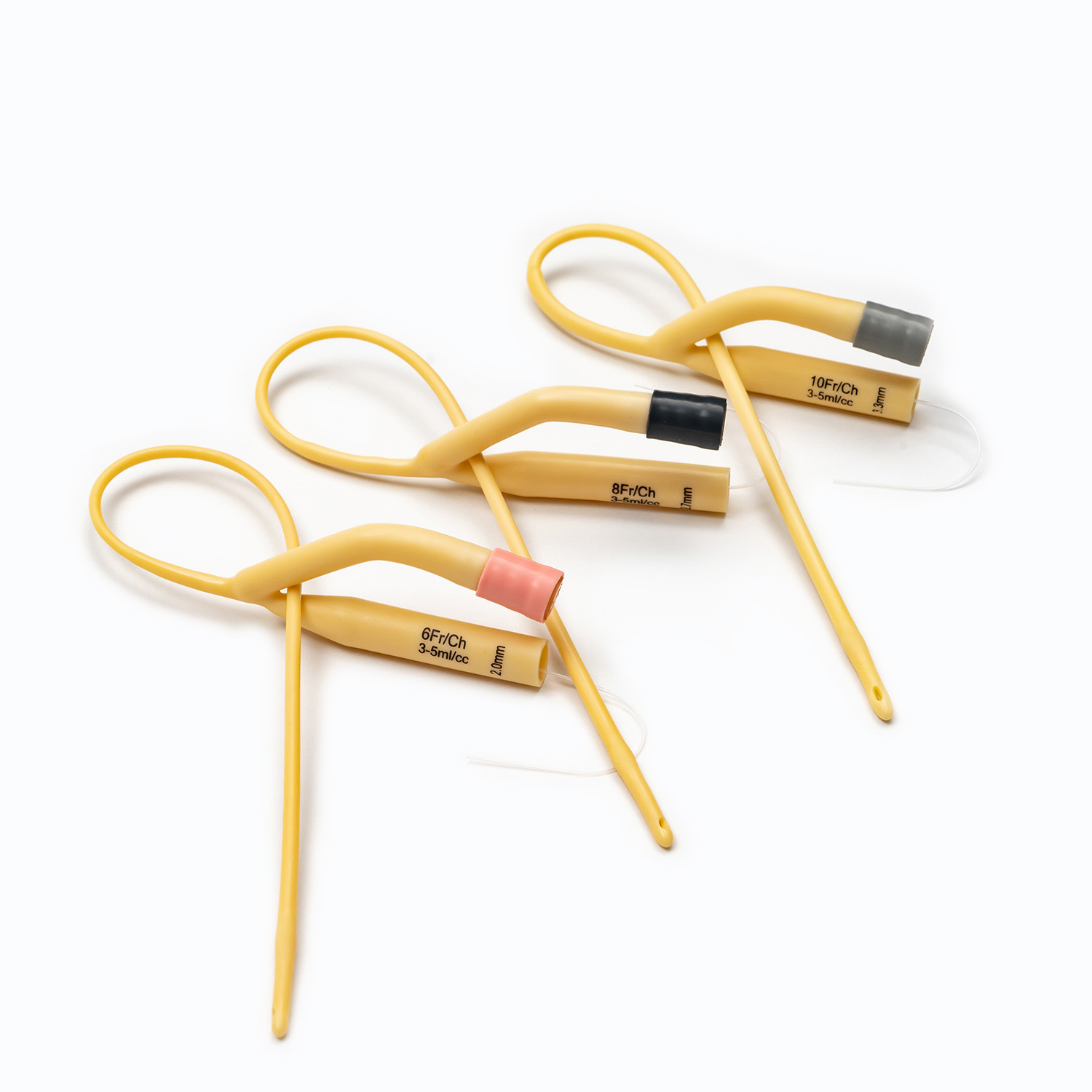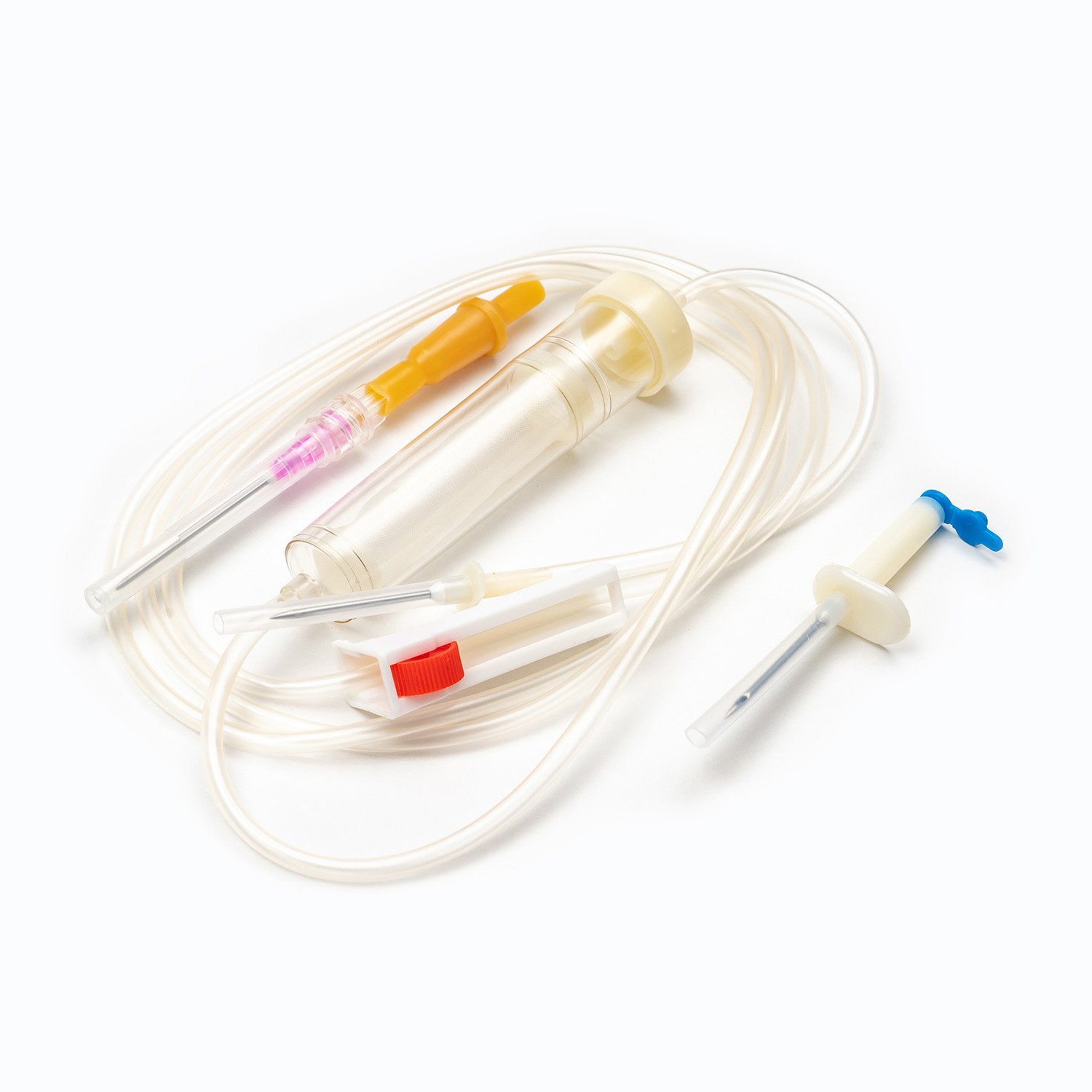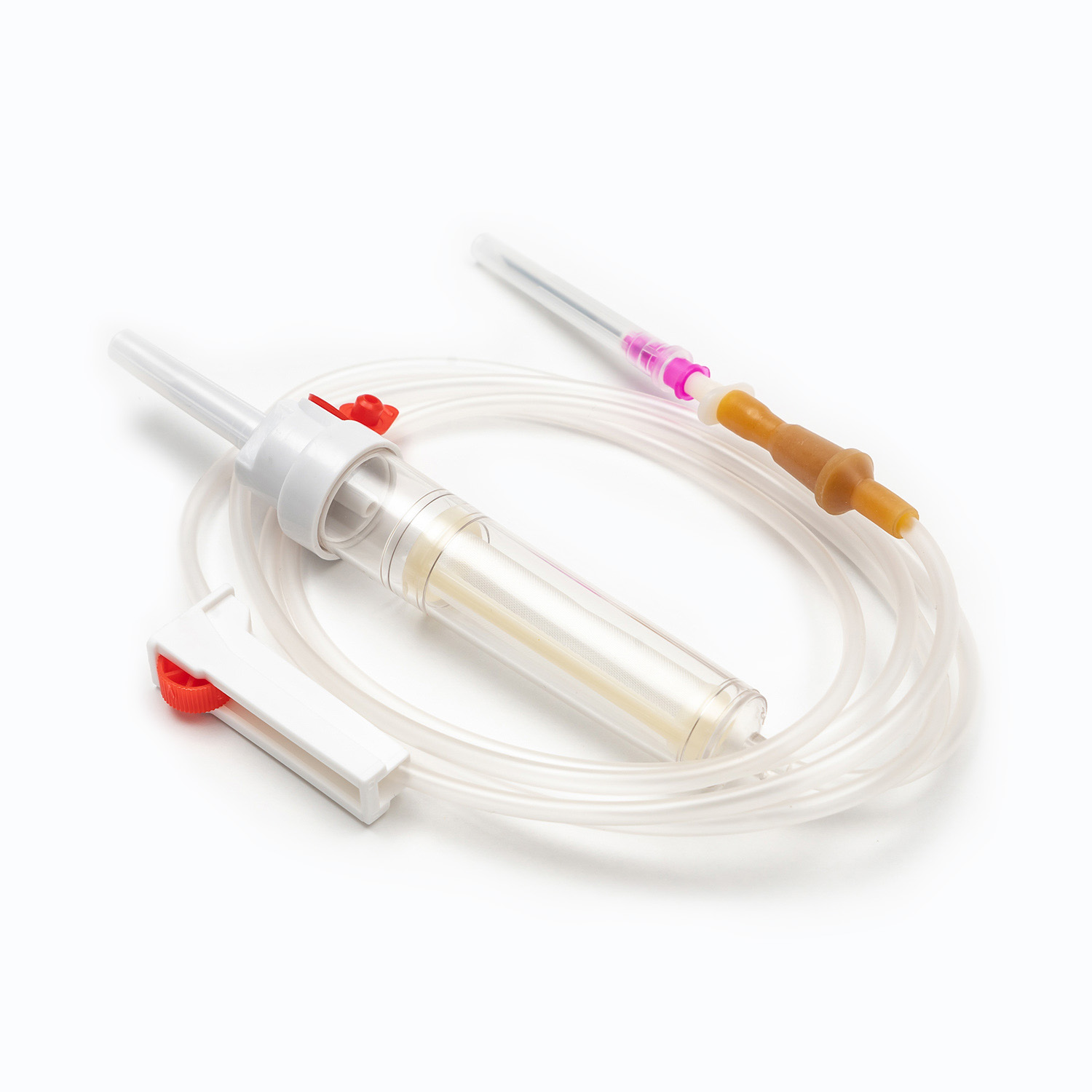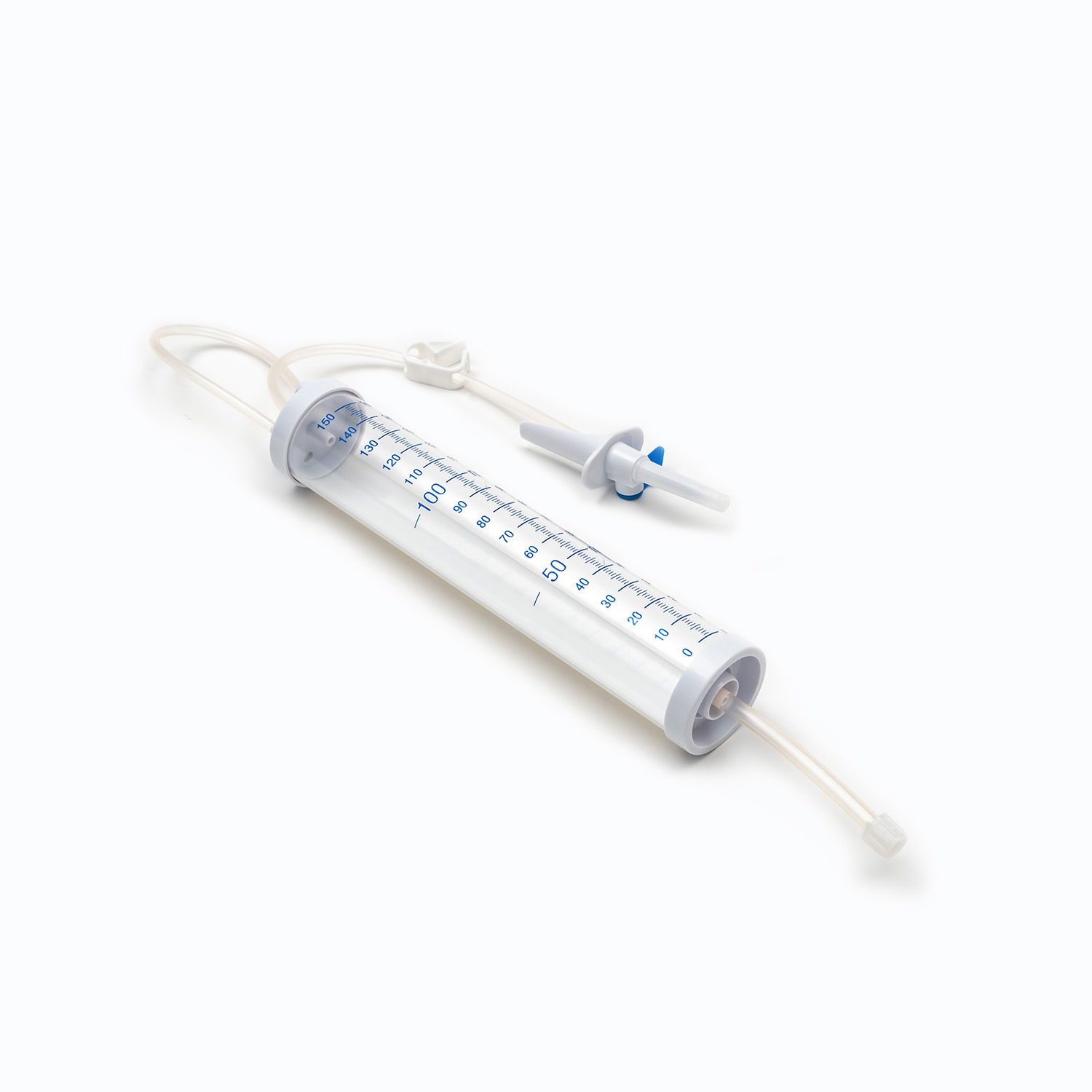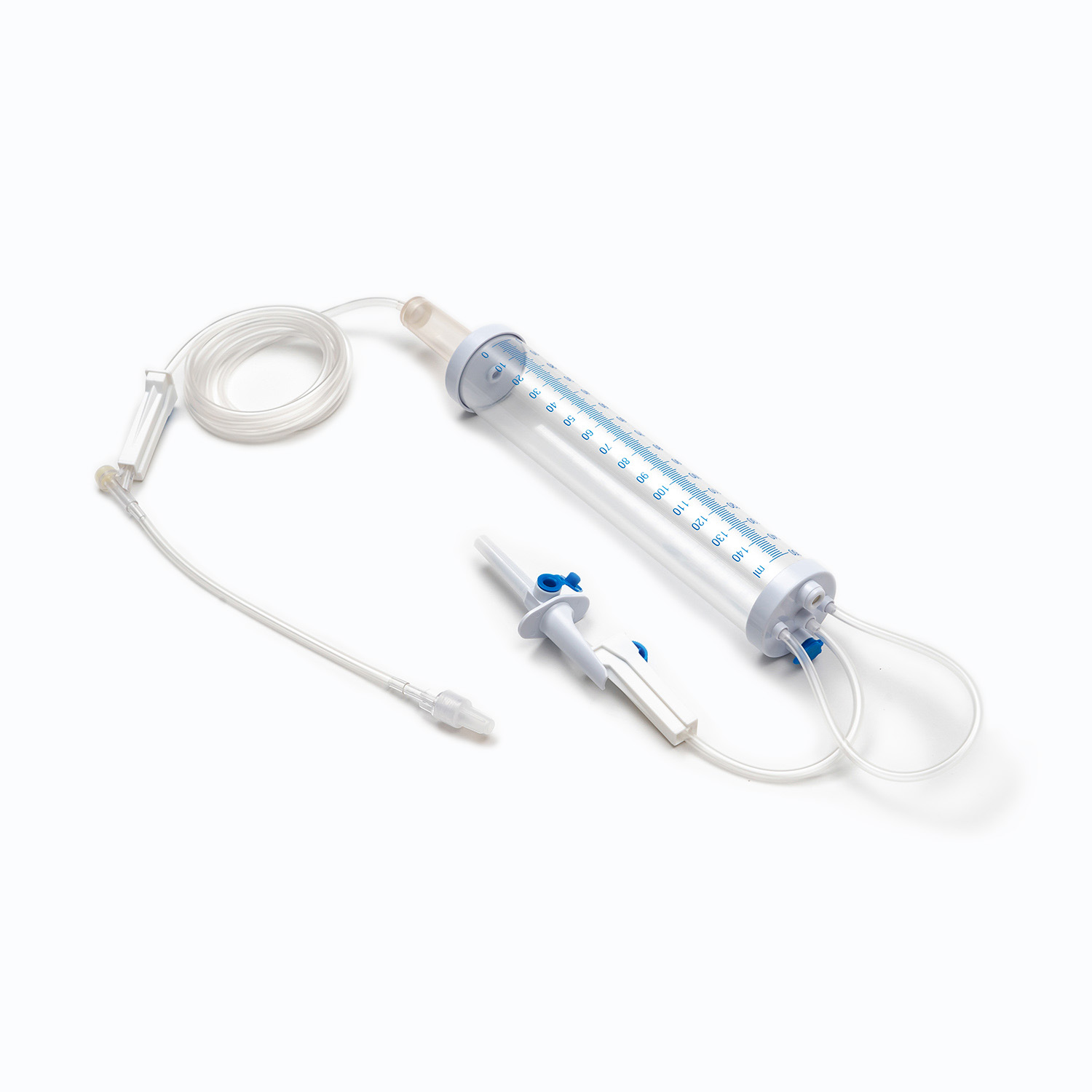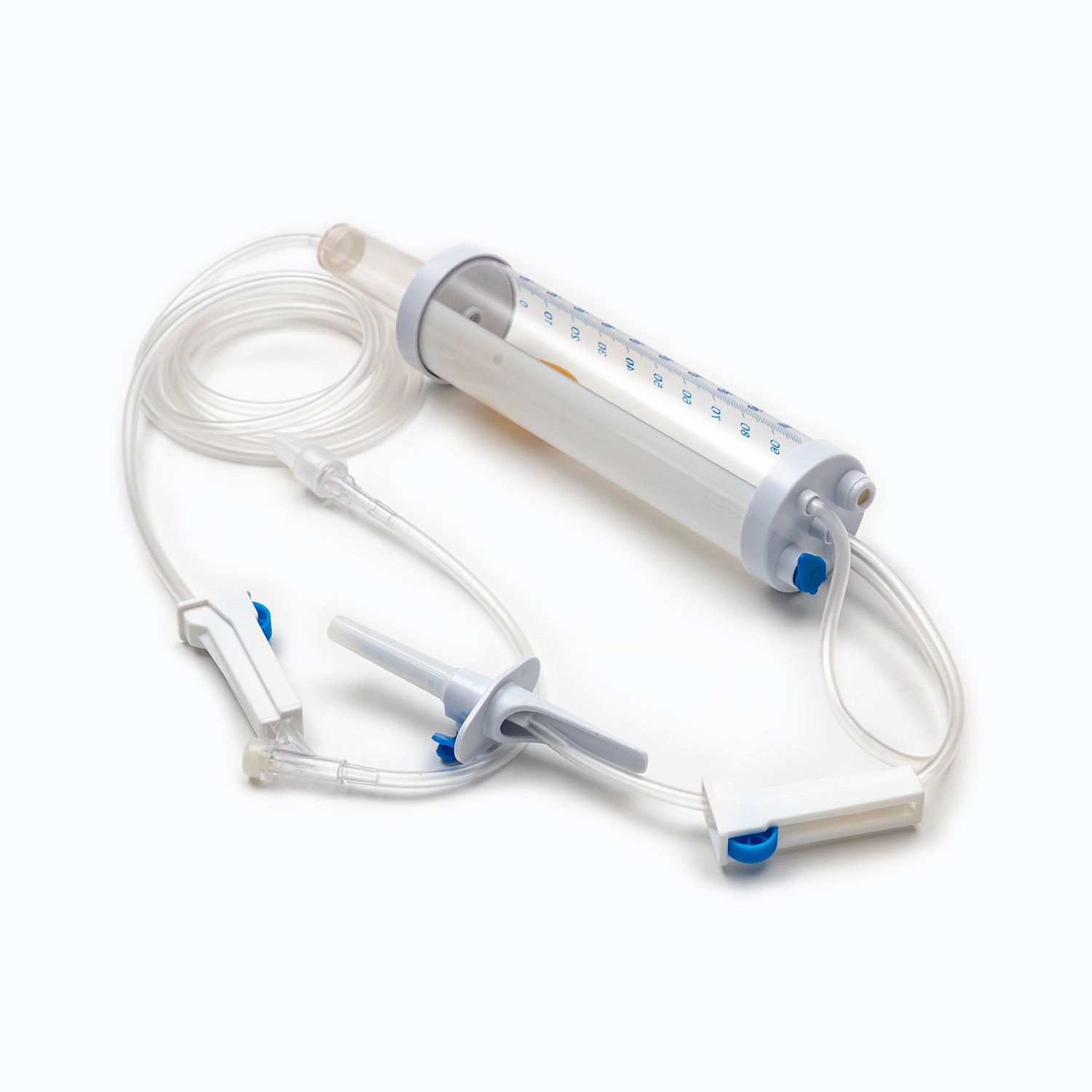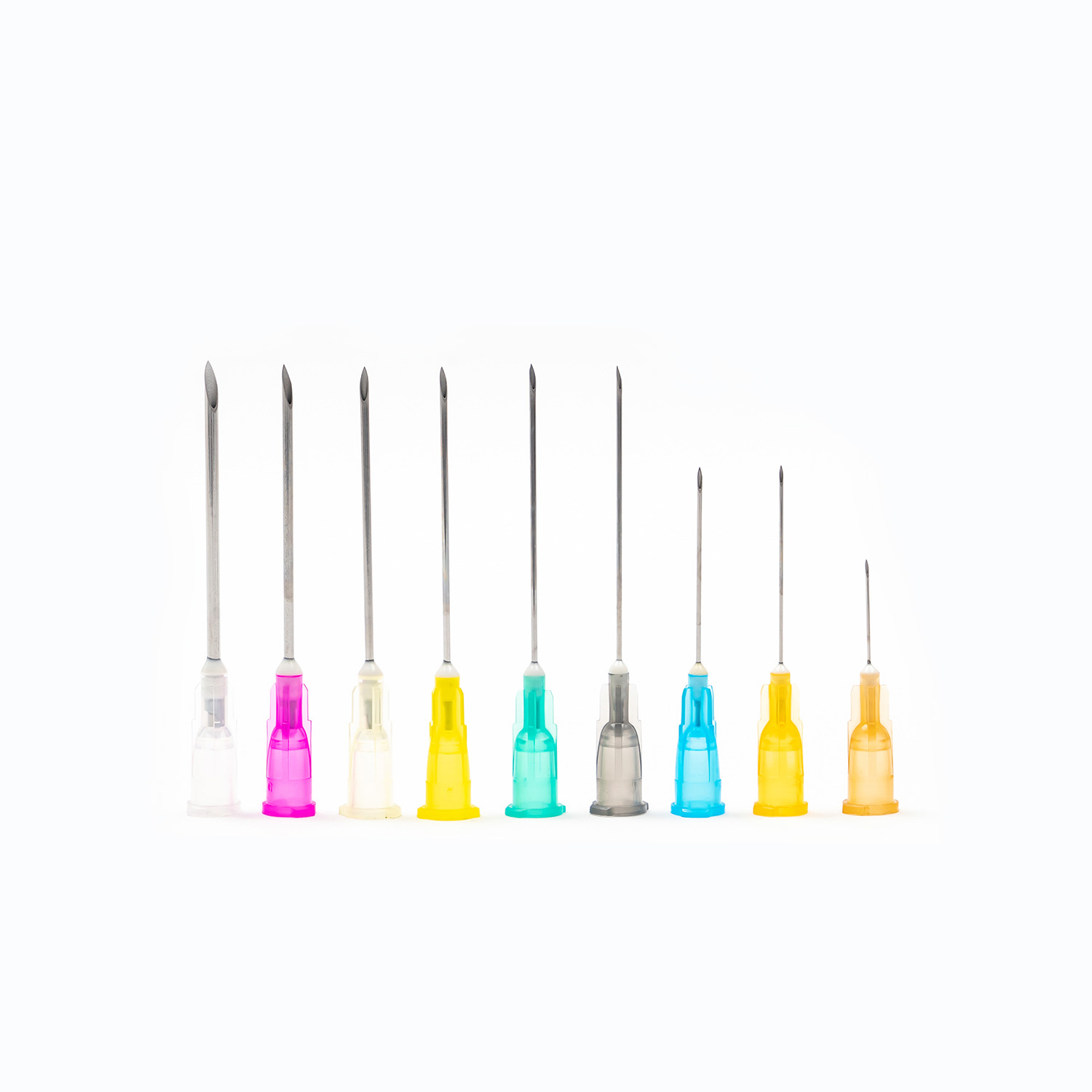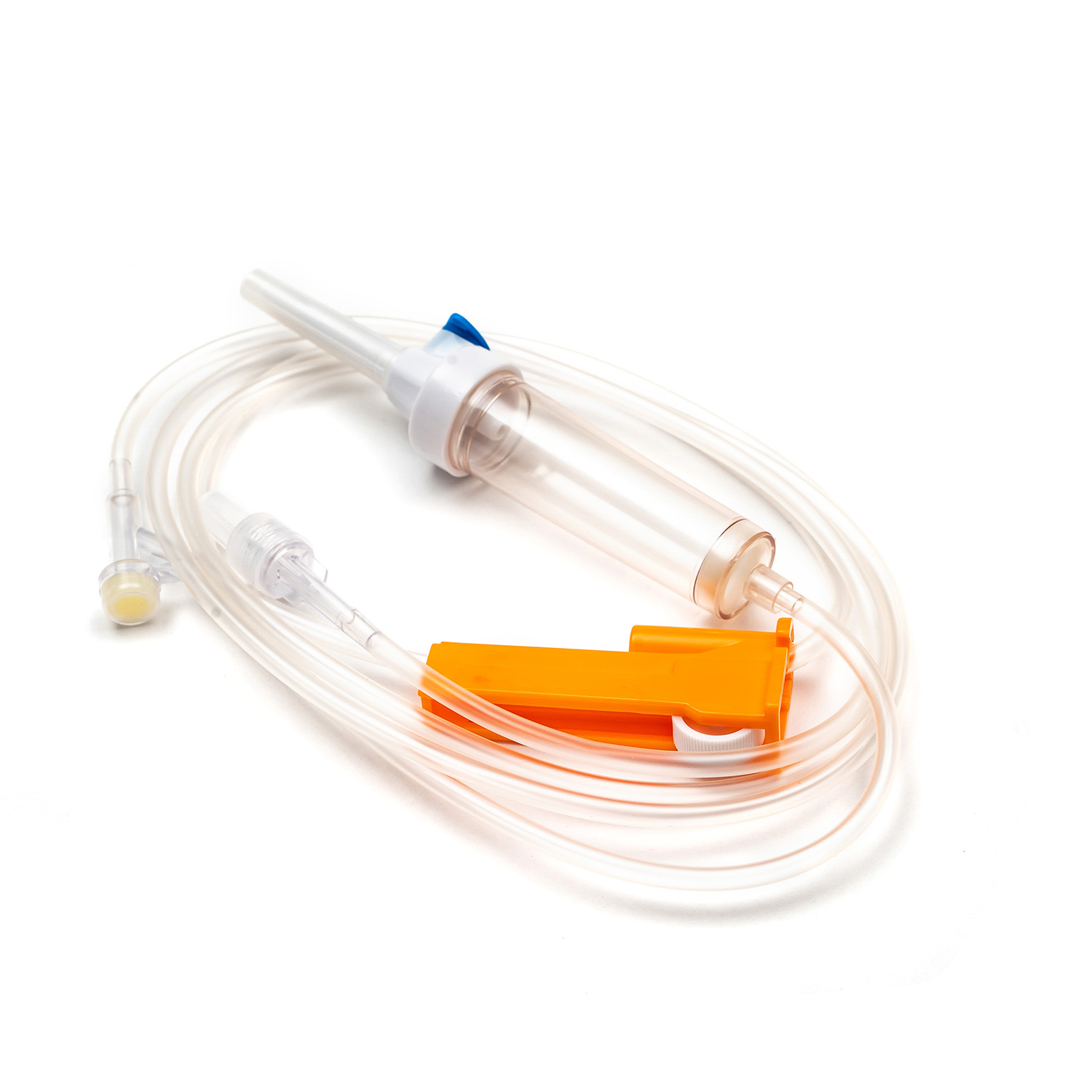Infusion Sets: The Invisible Lifeline in Modern Healthcare
Sep 01,2025
In the vast ecosystem of modern clinical medicine, infusion sets, a seemingly simple yet indispensable medical device, have always played a critical role in maintaining the flow of life. From rapid drug administration in emergency situations to long-term fluid replacement in chronic disease treatment, to maintaining fluid balance during perioperative periods, infusion sets act as invisible lifelines, precisely delivering medication and nutrients to the human circulatory system. Their technological evolution and performance optimization are directly linked to therapeutic efficacy and patient safety.
Material Innovation: The Leap from Rubber to Polymers
The development of infusion sets is essentially a history of advancements in materials science. Early infusion devices often used natural rubber as a core component. While this met basic infusion needs, impurities in the rubber could easily cause infusion reactions, and repeated punctures could degrade sealing performance, increasing the risk of contamination. With breakthroughs in polymer material technology, polyvinyl chloride (PVC) became the mainstream material for a time, offering significant advantages in flexibility and plasticity. However, plasticizer migration remained a potential risk. Today, a new generation of medical polymer materials, represented by polyolefins, is gaining a dominant position. These materials not only possess excellent chemical stability, withstanding long-term contact with a variety of drug components without degradation, but also achieve anti-adsorption properties through precise molecular design—preventing drug molecules from depositing on the inner walls of tubing, ensuring accurate dosing. More importantly, the biocompatibility of these new materials has been rigorously validated, minimizing vascular irritation and allergic reactions, providing a safer treatment experience for patients receiving long-term infusions.

Structural Design: Hidden Sophisticated Fluid Control Logic
The structure of a standard infusion set may appear simple, but it actually embodies a sophisticated integration of fluid mechanics and medical engineering. From the drug container interface to the venous puncture needle, every component is designed around the three core objectives of "precision, stability, and safety." The drip chamber serves as a visual monitoring unit, achieving a delicate balance between the drip rate and the surface tension of the drug solution. Medical staff can visually assess the infusion progress by observing the drip rate. A filter membrane hidden beneath the drip chamber effectively traps particulate impurities in the drug solution, preventing the risk of vascular embolism. The flow control component is the "smart center" of an infusion set. Traditional roller regulators achieve stepless flow control by squeezing the tubing to change cross-sectional area, and their damping design ensures stability after adjustment. Dedicated infusion sets designed for high-precision dosing, however, integrate more sophisticated flow control mechanisms. By optimizing the tubing inner diameter and elastic modulus, flow rate errors are kept to a minimum. This makes them particularly suitable for dose-sensitive treatments such as cardiovascular and chemotherapy drugs.
Safety Protection: Building a Comprehensive Risk Barrier
Infusion safety is a core component of medical quality. Modern infusion sets utilize multi-layered protection designs to build comprehensive risk barriers. The sterile barrier system is the first line of defense, combining EO sterilization with vacuum packaging to ensure absolute sterility throughout the product's shelf life. The breathable design of the packaging material also prevents the possibility of secondary contamination.
Needlestick protection provides direct protection for medical personnel. An automatic locking mechanism is integrated into the puncture needle cannula, quickly and completely enclosing the needle tip after use, physically eliminating the risk of needlestick injuries. To address potential issues such as blood backflow and air embolism during infusion, some high-end infusion sets are equipped with anti-reflux valves and air detectors. These automatically block abnormal flow through fluid dynamics, providing an additional layer of patient safety.

The evolution of infusion sets is a microcosm of the advancement of medical technology. From the earliest, simple devices to today's sophisticated systems integrating multidisciplinary technologies, each iteration reflects the ultimate pursuit of patient safety and treatment experience. In the future, with the deep integration of materials science, IoT technology, and clinical medicine, infusion sets will continue to play a vital role as "life channels," providing even more solid technical support for precision medicine and personalized care.



 English
English Français
Français русский
русский Español
Español
